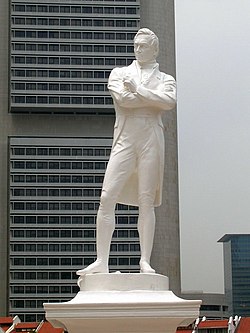
This is a timeline of Singaporean history, comprising important legal and territorial changes and political events in Singapore and its predecessor states. To read about the background to these events, see History of Singapore. See also the list of years in Singapore.